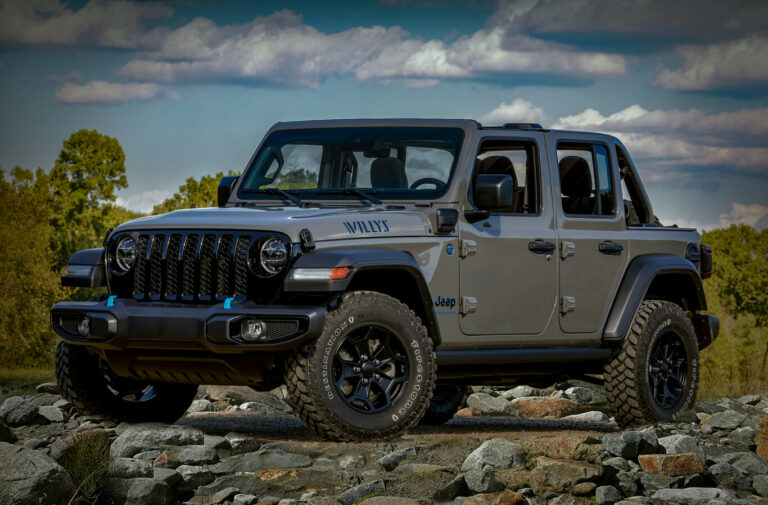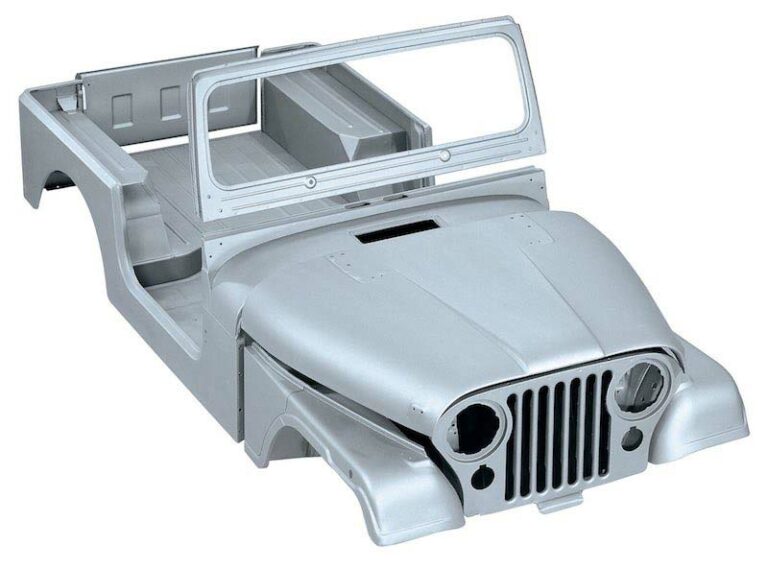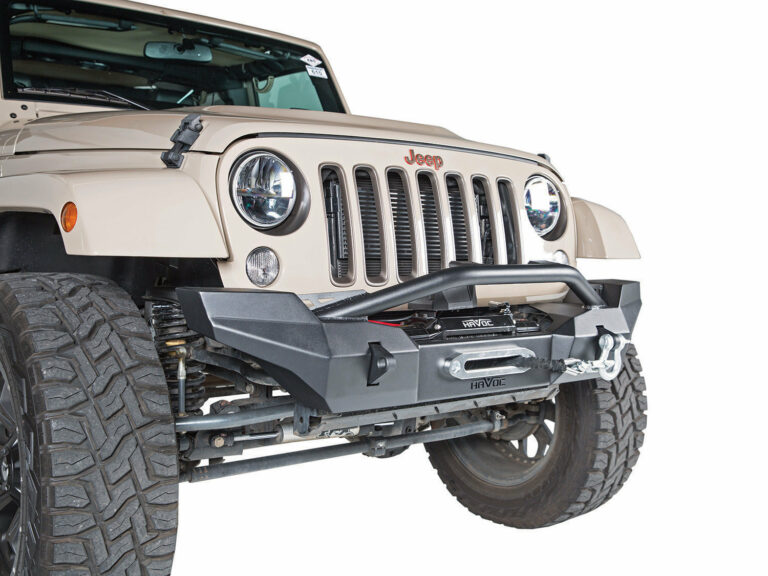2001 Jeep Cherokee Parts For Sale: Keeping the XJ Legend Alive
2001 Jeep Cherokee Parts For Sale: Keeping the XJ Legend Alive /jeeps.truckstrend.com
The 2001 Jeep Cherokee, often affectionately known by its chassis code "XJ," represents the culmination of a legendary production run that spanned nearly two decades. Renowned for its rugged simplicity, surprising off-road prowess, and robust inline-six engine, the XJ has earned a cult following. Even two decades after its last model rolled off the assembly line, thousands of 2001 Jeep Cherokees are still on the road, conquering trails, commuting daily, and serving as reliable workhorses. This enduring popularity means that the demand for 2001 Jeep Cherokee parts remains incredibly strong. Whether you’re undertaking routine maintenance, tackling a major repair, or embarking on a full-blown restoration or customization project, understanding the landscape of 2001 Jeep Cherokee parts for sale is crucial for any owner. This comprehensive guide will navigate you through everything you need to know to keep your XJ running strong for years to come.
The Enduring Appeal of the 2001 Jeep Cherokee (XJ): Why Parts are Still in Demand
2001 Jeep Cherokee Parts For Sale: Keeping the XJ Legend Alive
The 2001 Jeep Cherokee was the final iteration of the iconic XJ platform, a design that revolutionized the SUV market when it debuted in 1984. Its unibody construction, combined with solid axles, offered a unique blend of car-like handling and true off-road capability. The 4.0-liter inline-six engine, particularly, became a benchmark for durability and torque. Owners appreciate the XJ for its ease of repair, straightforward mechanics, and the sheer joy of driving a truly capable and no-frills vehicle.
Because of this inherent reliability and the relatively low cost of ownership compared to newer vehicles, many XJ owners choose to maintain and repair their Cherokees rather than replace them. This creates a vibrant and diverse market for parts, ranging from everyday consumables like oil filters and brake pads to major components like engines, transmissions, and body panels.
Understanding Your Needs: Types of 2001 Jeep Cherokee Parts
When searching for parts for your 2001 Jeep Cherokee, you’ll encounter various categories, each with its own advantages and disadvantages. Choosing the right type depends on your budget, the urgency of the repair, and your quality expectations.
-
OEM (Original Equipment Manufacturer) Parts: These are parts made by the original manufacturer or a company contracted by Jeep to produce components for the vehicle when it was new.
- Pros: Guaranteed fit and quality, designed to exact specifications, often come with a warranty from the dealership.
- Cons: Can be significantly more expensive, and for a 2001 model, many OEM parts may no longer be manufactured or are hard to find.


Aftermarket Parts: Produced by companies other than the original manufacturer, these parts are designed to function the same as or better than OEM parts.
- Pros: Generally more affordable, wider variety of options (including performance upgrades), readily available.
- Cons: Quality can vary greatly between brands, fitment issues can occasionally arise, and some cheaper options may not last as long. Reputable brands like Moog, Fel-Pro, Bosch, and Monroe are generally reliable.

-
Used/Salvage Parts: Sourced from wrecked or decommissioned vehicles, typically from junkyards or salvage yards.
- Pros: Most cost-effective option, ideal for hard-to-find or expensive components like body panels, interior trim, or even complete engines/transmissions.
- Cons: Condition varies widely, no warranty, unknown history, and may require thorough cleaning or minor repairs before installation. Inspection is critical.
-
Remanufactured/Rebuilt Parts: These are used parts that have been restored to "like-new" condition by a specialized facility. Common for alternators, starters, steering racks, and engines/transmissions.
- Pros: More affordable than new OEM, often come with a warranty, environmentally friendly.
- Cons: Usually requires a "core charge" (you return your old part), and quality can depend on the rebuilder’s reputation.
Categorizing Parts by System:
To further refine your search, it’s helpful to think of parts by the system they belong to:
- Engine & Drivetrain: Spark plugs, filters, sensors (O2, crank position), water pump, radiator, alternator, starter, fuel pump, injectors, transmission components, transfer case parts, axle shafts, U-joints.
- Suspension & Steering: Shocks, springs, leaf springs, control arms, ball joints, tie rod ends, track bar, steering box, power steering pump.
- Brakes: Brake pads, rotors, calipers, brake lines, master cylinder, wheel cylinders.
- Electrical: Wiring harnesses, relays, switches, light bulbs, headlight assemblies, tail lights, instrument cluster components.
- Body & Interior: Fenders, doors, hoods, liftgate, bumpers, mirrors, window regulators, door handles, seats, dashboard components, carpet, trim pieces.
- Performance & Off-Road Upgrades: Lift kits, heavy-duty bumpers, rock sliders, winches, oversized tires, lockers, upgraded lighting.
Where to Find 2001 Jeep Cherokee Parts For Sale
The robust demand for XJ parts has led to a diverse marketplace. Here are the primary avenues for finding what you need:
-
Online Retailers: This is often the first stop for convenience and selection.
- Major Auto Parts Websites: RockAuto.com, AutoZone.com, OReillyAuto.com, AdvanceAutoParts.com offer a wide range of aftermarket and some OEM parts, often with competitive pricing and detailed part diagrams.
- Specialty Jeep/Off-Road Retailers: Quadratec.com, Morris4x4Center.com, SummitRacing.com, 4WheelParts.com focus specifically on Jeep parts and accessories, including many performance and off-road upgrades tailored for the XJ.
- General E-commerce Platforms: eBay.com and Amazon.com host numerous sellers offering new, used, and remanufactured parts. Be sure to check seller ratings and return policies.
-
Local Auto Parts Stores: For common maintenance items and some repair parts, your local AutoZone, O’Reilly, or Advance Auto Parts can be a quick solution. They often have parts in stock or can order them for next-day pickup.
-
Salvage Yards/Junkyards: For used OEM parts, body panels, or larger components, a physical visit to a local salvage yard can be highly rewarding. Websites like Car-Part.com allow you to search inventories of salvage yards across the country.
-
Dealerships: While often the most expensive option, a Jeep dealership might still be able to source some specific OEM parts, especially for safety-critical components, if they are still manufactured.
-
Online Forums and Social Media Groups: Dedicated 2001 Jeep Cherokee or XJ enthusiast forums (e.g., CherokeeForum.com, NAXJA.org) and Facebook groups often have "for sale" sections where members buy, sell, and trade parts. This can be a great source for rare or specialized items, and you benefit from the collective knowledge of the community.
Important Considerations When Buying Parts
To ensure you get the right part and avoid headaches, keep these points in mind:
- Verify Part Numbers: Always cross-reference the part number with your vehicle’s VIN or the old part itself. Small variations between trim levels (Sport, Laredo, Limited) or production runs can lead to incorrect fitment.
- Assess Condition (for Used Parts): If buying used, inspect the part thoroughly for cracks, excessive wear, rust, or damage. Ask for detailed photos if buying online.
- Check Seller Reputation and Return Policy: Especially important for online purchases. Look for high ratings, positive reviews, and a clear return policy in case the part doesn’t fit or is defective.
- Consider Shipping Costs: Large or heavy items can incur significant shipping fees, which might negate any savings from a lower initial price.
- Warranty: New and remanufactured parts often come with a warranty. Understand its terms and duration.
- Compatibility: While many XJ parts are interchangeable across model years, some components (especially electrical or engine management related) are specific to certain years or even production halves.
Tips for Successful Part Sourcing & Installation
- Diagnose Accurately: Before buying any part, be certain of the diagnosis. A misdiagnosis can lead to buying the wrong part and wasting money and time. Consult repair manuals (like Haynes or Chilton) or online diagnostic guides.
- Research Before You Buy: Compare prices from different vendors. Read reviews of aftermarket brands. Sometimes paying a little more for a reputable brand saves you from future headaches.
- Join XJ Communities: Online forums and groups are invaluable. Members can provide advice on common issues, recommend specific brands, or even offer parts for sale.
- Buy Kits When Possible: For certain repairs (e.g., brake jobs, suspension overhauls), buying a complete kit can be more cost-effective and ensures all necessary components are included.
- Have the Right Tools: Many XJ repairs can be done at home with basic hand tools, but some jobs might require specialized tools.
- Safety First: Always use jack stands, wear safety glasses, and follow proper safety procedures when working on your vehicle.
- Preventative Maintenance: If you’re replacing one worn part, consider replacing related components that are also subject to wear, especially if they are difficult to access later.
Challenges and Solutions
- Obsolete OEM Parts: Many OEM parts for a 2001 XJ are no longer manufactured.
- Solution: Focus on reputable aftermarket brands, explore salvage yards for good used parts, or consider remanufactured options.
- Counterfeit Parts: Be wary of suspiciously low prices on new parts from unknown online sellers.
- Solution: Stick to well-known retailers and brands. If the deal seems too good to be true, it probably is.
- Incorrect Fitment: Even with part numbers, sometimes parts just don’t quite fit.
- Solution: Double-check your VIN and the specific part number. If possible, compare the new part side-by-side with the old one before installation. Ensure the seller has a clear return policy.
- Shipping Damage: Large, heavy parts are susceptible to damage during transit.
- Solution: Inspect the package and the part immediately upon arrival. Document any damage with photos and contact the seller and shipping company promptly.
2001 Jeep Cherokee Parts For Sale: Estimated Price Guide
Please note: These prices are estimates and can vary significantly based on brand (OEM, aftermarket, performance), condition (new, used, remanufactured), seller, and market demand. Always verify current prices before making a purchase.
| Part Name | Category | Estimated Price Range (New Aftermarket) | Estimated Price Range (Used/Salvage) | Notes/Considerations |
|---|---|---|---|---|
| Engine & Drivetrain | ||||
| Spark Plugs (Set of 6) | Engine Consumable | $20 – $50 | N/A | Always buy new. |
| Oil Filter | Engine Consumable | $5 – $15 | N/A | Always buy new. |
| Air Filter | Engine Consumable | $10 – $30 | N/A | Always buy new. |
| Oxygen Sensor (O2) | Engine Electrical | $40 – $120 (each) | $15 – $40 | Upstream & Downstream sensors vary in price. |
| Water Pump | Engine Cooling | $40 – $100 | $20 – $50 | Critical for cooling, often replaced with thermostat. |
| Radiator | Engine Cooling | $100 – $250 | $50 – $100 | Aluminum core for better cooling. |
| Alternator | Engine Electrical | $100 – $250 (new or reman) | $40 – $100 | Remanufactured often best value. |
| Starter | Engine Electrical | $80 – $200 (new or reman) | $30 – $80 | Remanufactured often best value. |
| Fuel Pump Module | Fuel System | $80 – $250 | $40 – $100 | Often includes sender. |
| Suspension & Steering | ||||
| Front Shock Absorber | Suspension | $30 – $80 (each) | $15 – $30 | Price varies by brand (Monroe, Bilstein, Rancho). |
| Rear Leaf Spring | Suspension | $100 – $250 (each) | $50 – $100 | Critical for ride height and load carrying. |
| Front Control Arm (Upper/Lower) | Suspension | $40 – $100 (each) | $20 – $50 | Bushings often fail first. |
| Tie Rod End (Outer) | Steering | $20 – $50 (each) | $10 – $25 | Essential for steering alignment. |
| Ball Joint (Upper/Lower) | Suspension | $25 – $70 (each) | N/A (usually not sold used) | Critical for safety, often replaced in pairs. |
| Brakes | ||||
| Front Brake Pads (Set) | Brakes | $20 – $60 | N/A | Always buy new. Ceramic or semi-metallic. |
| Front Brake Rotor | Brakes | $30 – $80 (each) | N/A | Always buy new, often replaced in pairs. |
| Brake Caliper | Brakes | $40 – $100 (new or reman) | $20 – $50 | Remanufactured common, often requires core. |
| Body & Interior | ||||
| Headlight Assembly | Lighting | $50 – $150 (each) | $30 – $70 | Check for clear lenses and intact mounts. |
| Exterior Door Handle | Body | $15 – $40 (each) | $10 – $25 | Plastic breaks easily. |
| Window Regulator (Front) | Interior/Electrical | $60 – $150 | $30 – $70 | Power window version usually higher. |
| Tail Light Assembly | Lighting | $40 – $100 (each) | $20 – $50 | Check for cracks and bulb sockets. |
| Major Components | ||||
| Used Engine (4.0L) | Drivetrain | N/A | $500 – $1500+ | Price varies by mileage, condition, and accessories. |
| Used Automatic Transmission | Drivetrain | N/A | $300 – $800 | AW4 is very durable, check fluid condition. |
| Used Transfer Case | Drivetrain | N/A | $200 – $600 | NP231 (most common) or NP242. |
Frequently Asked Questions (FAQ) About 2001 Jeep Cherokee Parts
Q1: Are OEM parts still available for a 2001 Jeep Cherokee?
A1: Some OEM parts are still available, particularly for critical components, but many have been discontinued. Dealerships might be able to find them, but they are often more expensive than aftermarket alternatives.
Q2: Is it worth putting money into a 2001 Jeep Cherokee?
A2: Absolutely, for many owners. Given their robust construction, relative simplicity, and lower initial cost compared to newer vehicles, investing in repairs and maintenance often makes financial sense. The XJ also holds its value well among enthusiasts.
Q3: What’s the main difference between OEM and aftermarket parts?
A3: OEM parts are made by or for the original vehicle manufacturer, guaranteeing exact fit and quality. Aftermarket parts are made by independent companies, often offering a wider range of options (including performance upgrades) and typically at a lower cost, but quality can vary.
Q4: Where can I find schematics or repair manuals for my 2001 XJ?
A4: Haynes and Chilton repair manuals are widely available for the XJ. You can also find factory service manuals (FSMs) online, sometimes for purchase or via dedicated enthusiast forums. Online wiring diagrams and exploded views are also available on various automotive parts websites.
Q5: Can I use parts from other XJ model years on my 2001 Cherokee?
A5: Many parts are interchangeable across different XJ model years (1984-2001), especially for the later years (e.g., 1997-2001). However, there are differences, particularly with electrical components, engine sensors, interior trim, and some body panels. Always verify compatibility using part numbers or reliable cross-reference guides.
Q6: How do I know if a used part from a salvage yard is good?
A6: Inspect it thoroughly for cracks, excessive wear, rust, or damage. For mechanical parts like alternators or starters, check for signs of fluid leaks or burnt smells. For engines/transmissions, inquire about the donor vehicle’s mileage and history. A reputable yard will often offer a short warranty.
Q7: What are common parts that fail on a 2001 XJ?
A7: Common failure points include the crank position sensor, oxygen sensors, water pump, radiator, fan clutch, leaf springs (sagging), power window regulators, and occasionally the fuel pump. Rust can also be an issue on the unibody and floor pans, especially in salt-belt regions.
Conclusion
The 2001 Jeep Cherokee stands as a testament to durable engineering and timeless design. Its continued presence on roads and trails worldwide is a clear indicator of its enduring appeal and the dedication of its owners. Navigating the market for 2001 Jeep Cherokee parts for sale is a journey that requires careful research, an understanding of part types, and knowledge of where to source them. By making informed decisions about new, aftermarket, used, or remanufactured components, you can ensure your beloved XJ remains a reliable and capable companion for many more adventures to come. The parts are out there, and with a bit of effort, your 2001 Jeep Cherokee can continue to be the legend it was always meant to be.






